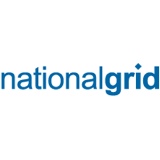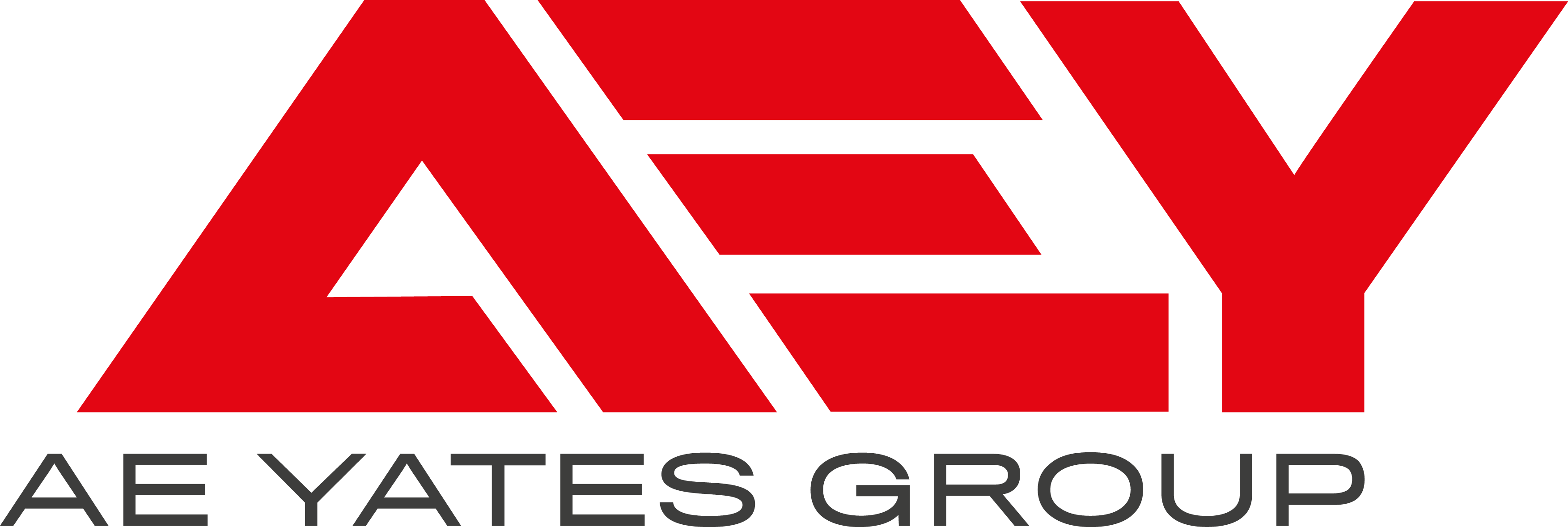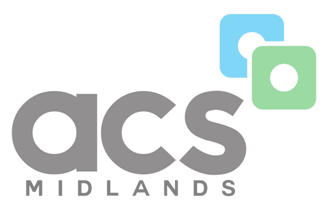Information
-
Audit Title
-
Client / Site
-
Conducted on
-
Prepared by
-
Location
-
Personnel
-
Job Name:
-
Date:
1. Job Information
-
1.1. OSHA 300 Forms posted and complete
-
1.2. OSHA Poster Posted
-
1.3. Information for nearest medical facility posted
-
1.4. Weekly Safety Meeting and STAs up to date?
-
1.5. Work areas properly signed and barricaded
-
1.6. Is each employe instructed in the recognition and aviodance of unsafe conditions?
-
1.7. Are first aid supplies readily accessible
-
1.8. Is the facility for the treament of injured employees located within 15 mnutes of the jobsite, if not, is there an employee trained in first aid at the site?
-
1.9. Are potable drinking water and toilet facilities available at the site?
-
1.10. Is there protection for bloddborne pathogens?
-
1.11. Are all employees on site in compliance with EAS training requirements
-
1.12. Fresh water daily with sealed top, date, and single served cups?
-
1.13. Are hand washing facilities available?
2. Housekeeping
-
2.1. General neatness of work area?
-
2.2. Projecting nails removed or bent over?
-
2.3. Waster containers provided and used?
-
2.4. Passageways and walkways clear?
-
2.5. Are spills cleaned up immediately
3. Fire Prevention
-
3.1. Adequate fire extinguishers, checked and accessible
-
3.2. Phone no. of fire department posted?
-
3.3. "No Smoking" posted and enforced near flammables
4. Electrical
-
4.1. Extension cords or attachment cords with bare wires or missing ground prongs or damaged are taken out of service?
-
4.2.GFCIs are being used?
-
4.3. Terminal boxes equipped with required covers?
-
4.4. Are flexible cords and cables protected from damage?
-
4.5. Are unused openings in cabinet boxes and fittings closed?
-
4.6. Are all cabinets, panels and switches located in wet locations enclosed in weather proof enclosures?
5. Hand, Power, and Powder Actuated Tools
-
5.1. Hand tools inspected regularly? Broken handles and mushroom heads?
-
5.2. Guards in place on machines, such as saws?
-
5.3. Right tool being used for job at hand?
-
5.4. Operators of powder actuated tools are licensed?
6. Fall Protection
-
6.1. Safety rails and cables are secured properly?
-
6.2. Employees exposed to fall hazards are tied off?
-
6.3. Employees below protected from falling objects?
-
6.4. Employees using body belts for positioning devices only?
-
6.5. Are employees working more than 6' above a lower level protected by guardrails, safety nets, personal fall arrest system?
-
6.6. Is all Fall Protection equipment properly inspected with monthly safety colors?
-
6.7. Are trenches properly barricaded?
7. Ladders
-
7.1. Ladders extend at least 36" above the landing?
-
7.2. Ladders are secured to prevent slipping, sliding, or falling?
-
7.3. Ladders with split or missing rungs taken out of service?
-
7.4. Stepladders used in fully open position?
-
7.5. No step at top two rungs of stepladder?
-
7.6. Are all ladders are inspected with monthly safety colors?
-
7.7. Are all ladders being used properly? (3 points of contact, always facing ladder, etc.)
-
7.8. Are all tools removed from heights when not in use and all tools/materials are not carried up ladders?
8. Scaffolding
-
8.1. All scaffolding inspected daily? <br><br>
-
8.2. Erected on sound rigid footing?
-
8.3. Tied to structure as required?
-
8.4. Guardrails, intermediate rails, toeboards and screens in place?
-
8.5. Planking is sound and sturdy?
-
8.6. Proper access provided?
-
8.7. Employees below protected from falling objects?
9. Floor & Wall Openings
-
9.1. All floor or deck openings are planked over or barricaded?
-
9.2. Perimeter protection is in place?
-
9.3. Deck planks are secured?
-
9.4. Materials are stored away from edge?
10. Material Handling
-
10.1. Materials are properly stored or stacked? <br><br>
-
10.2. Employees are using proper lifting methods?
-
10.3. Tag lines are used to guide loads?
-
10.4. Proper number of workers for each operation?
-
10.5. Are all materials stored neatly, off the ground and horizontally?
11.Welding & Burning
-
11.1. Gas cylinders stored upright and secured? <br><br>
-
11.2. Proper separating distance between fuels and oxygen?(min 20')
-
11.3. Burning/welding goggles or shields are used?
-
11.4. Fire extinguishers are nearby?
-
11.5. Hoses and regulators are in good condition?
-
11.6. All hot work has a fire watch?
12. Cranes
-
12.1. Outriggers are extended and swing radius barricade in place? <br>
-
12.2. Operator is familiar with load carts?
-
12.3. Crane operator’s logs are up-to-date?
-
12.4. Employees kept from under suspended loads?
-
12.5. Chains and sling inspected and tagged as required?
-
12.6. Hand signal charts are on crane?
13. Excavation and Trenching
-
13.1. Properly supervised by a “competent person?<br>
-
13.2. Prober shoring and/or sloping of excavation?
-
13.3. Adequate ladders or ramps provided for exit from excavations?
-
13.4. Proper utility services identified and located?
-
13.5. Materials and equipment stored at least 2 feet from edge?
14. Personal Protective Equipment
-
14.1. Hard hats are being worn? <br>
-
14.2. Safety glasses are being worn?
-
14.3. Respirators are used when required?
-
14.4. Hearing protection being worn when required?
-
14.5. Traffic vests being worn?
-
14.6. Are gloves being worn 100% of time?
-
14.7. Are correct gloves being worn for task?
-
14.8. Is proper clothing being worn?
-
14.9. Is all PPE clean, reliable and fit for use?
-
14.10. Are proper steel toe or safety toe boots being worn?<br>
15. Vehicles
-
15.1. Do vehicles, earth moving or compacting equipment with an obstructed view to the rear have a backup alarm or used with an observer?
-
15.2. Do vehicles and earth moving equipment have seat belts and are they used? <br><br>
-
15.3. Are flagmen wearing reflectorized garments and using flags, sign paddles or lights?
-
15.4. Has all equipment been properly inspected and documented?
16. Stairs
-
16.1. Are flights of stairs with 4 or more risers equipped with standard stair railings or handrails?
17. Lifts
-
17.1. Are all lifts properly inspected and documented?<br>
-
17.2. Are all lifts being used properly? (Travel with lift down, work on level surface)
-
17.3. 100% tie off in all lifts?
18. Miscellaneous
-
18.1. Is a written Hazard Communication Program on site including MSDS, materials list, container labeling, and employee training? <br><br>
-
18.2. Is exposure to lead or lead based paint, such as paint removal controlled?
-
18.3. Is exposure to silica, such as sandblasting, using sand or cutting brick or cinderblock controlled?
-
18.4. Is exposure to asbestos controlled?
Corrective Actions
-
Enter any corrective actions that will be undertaken
Sign Off
-
On site representative
-
Auditor's signature













